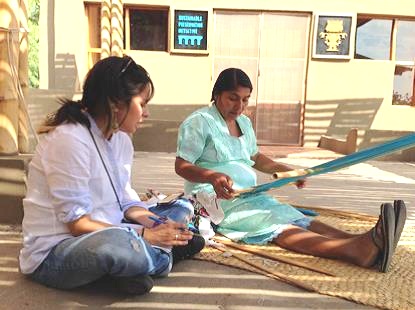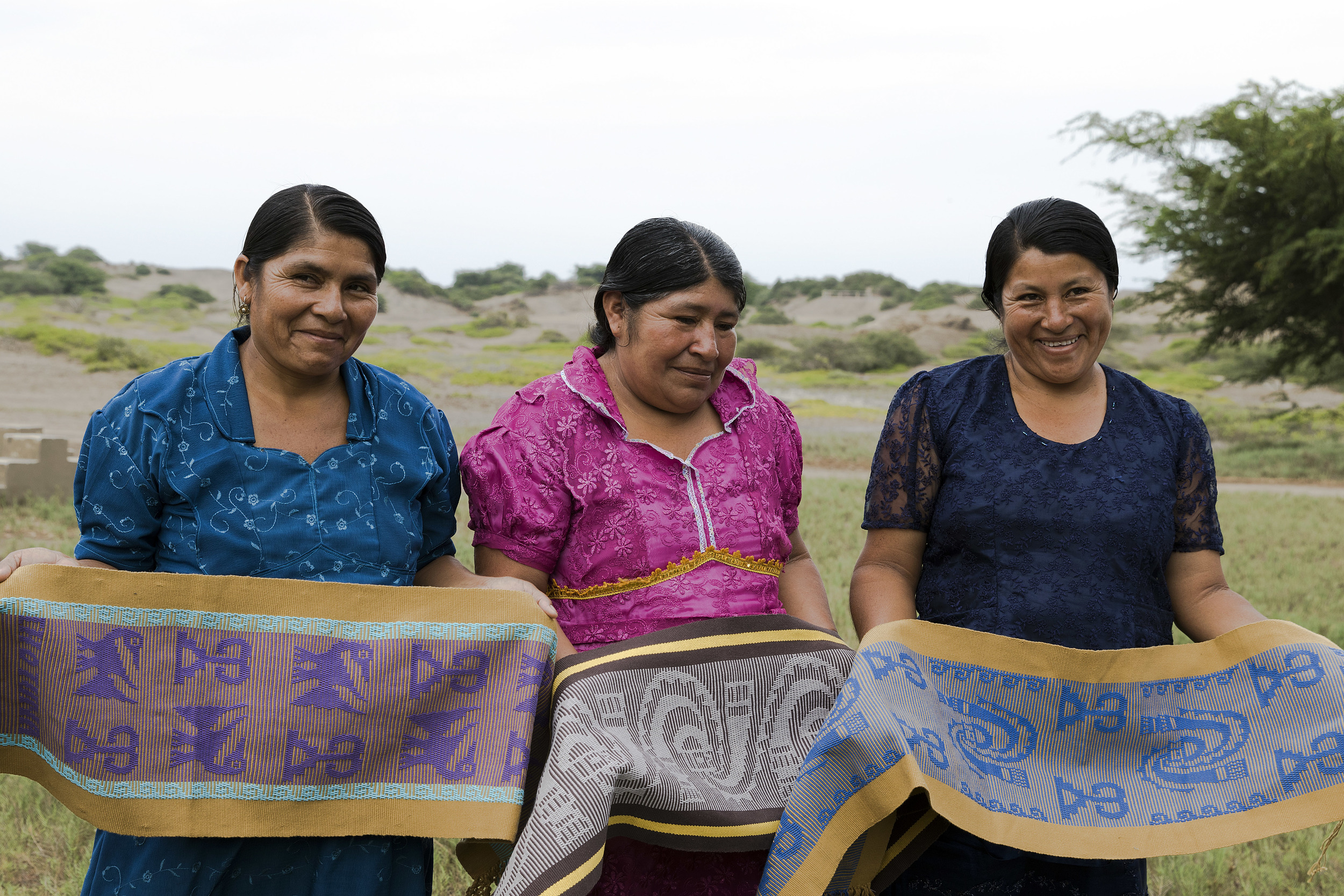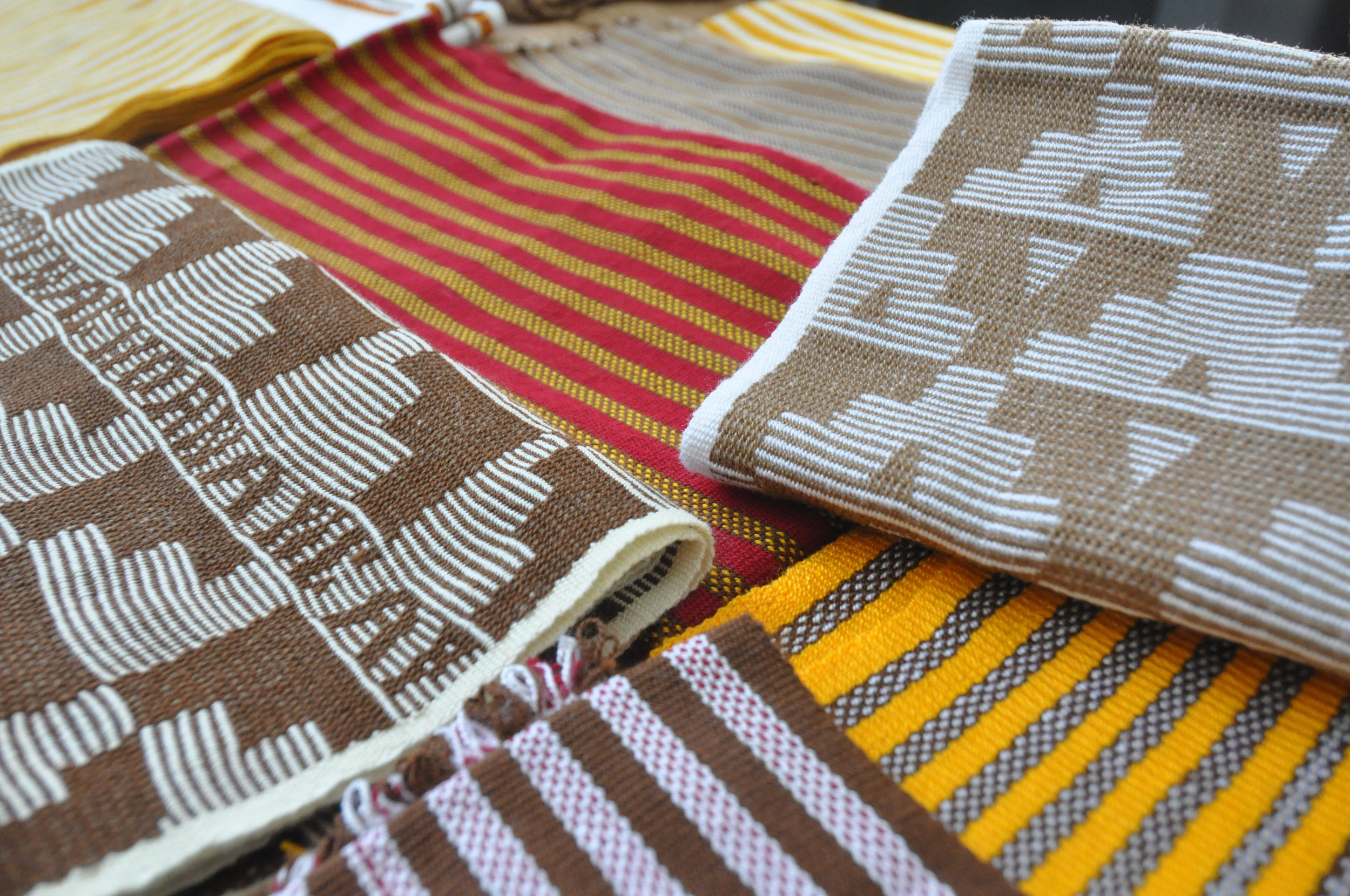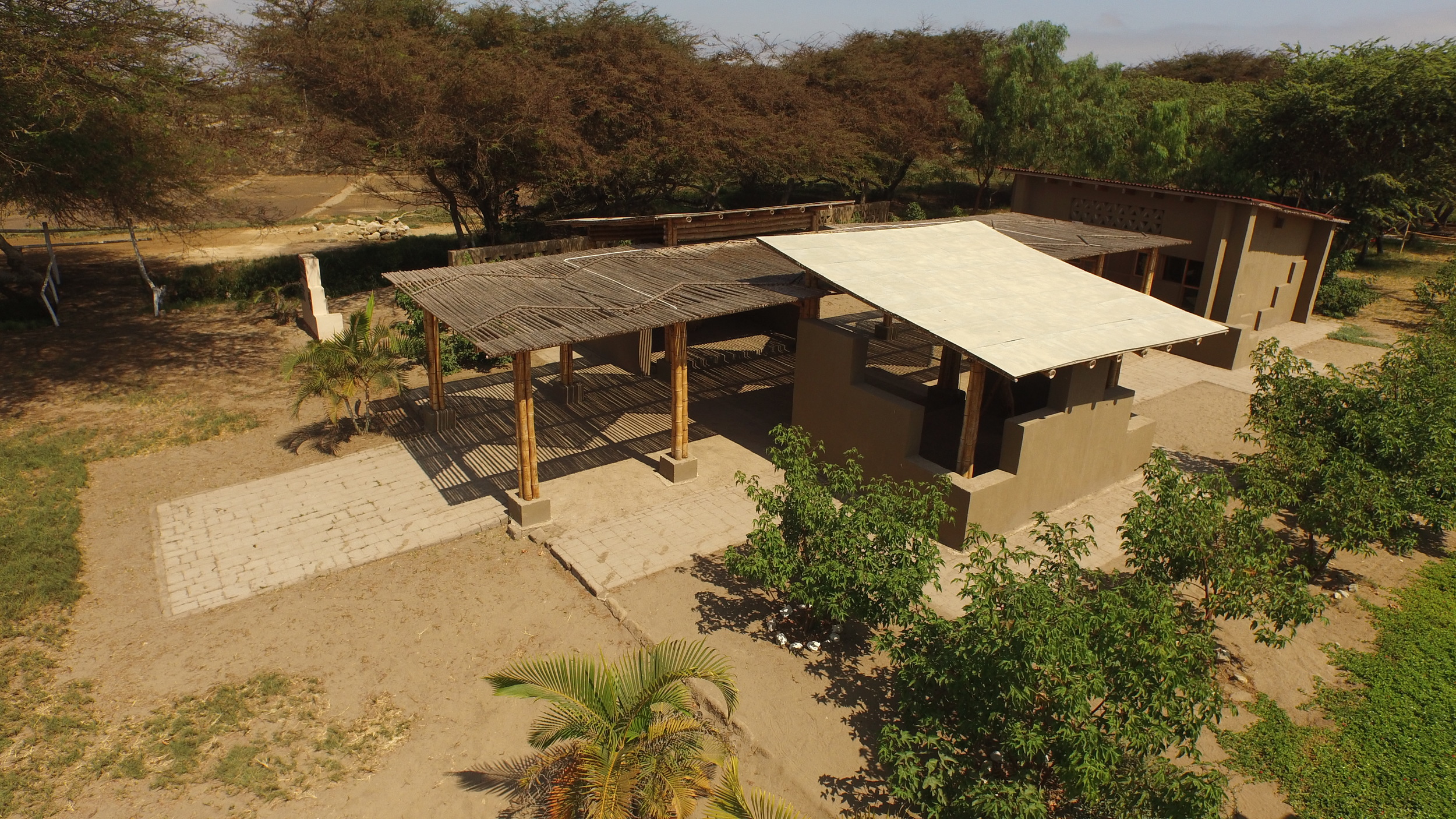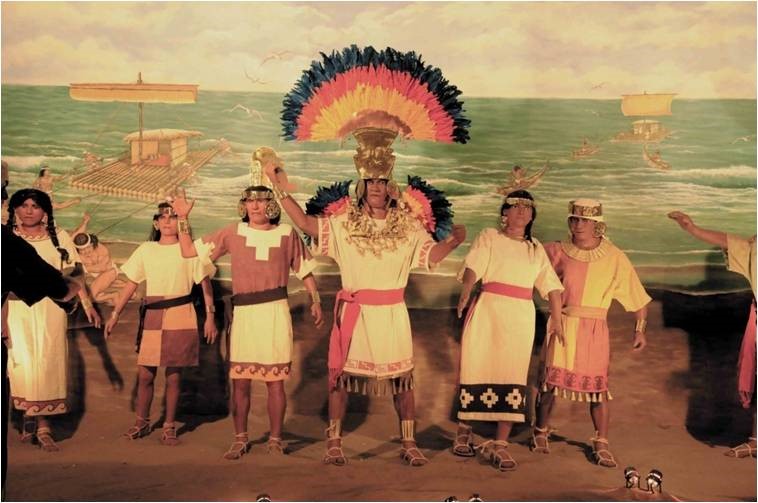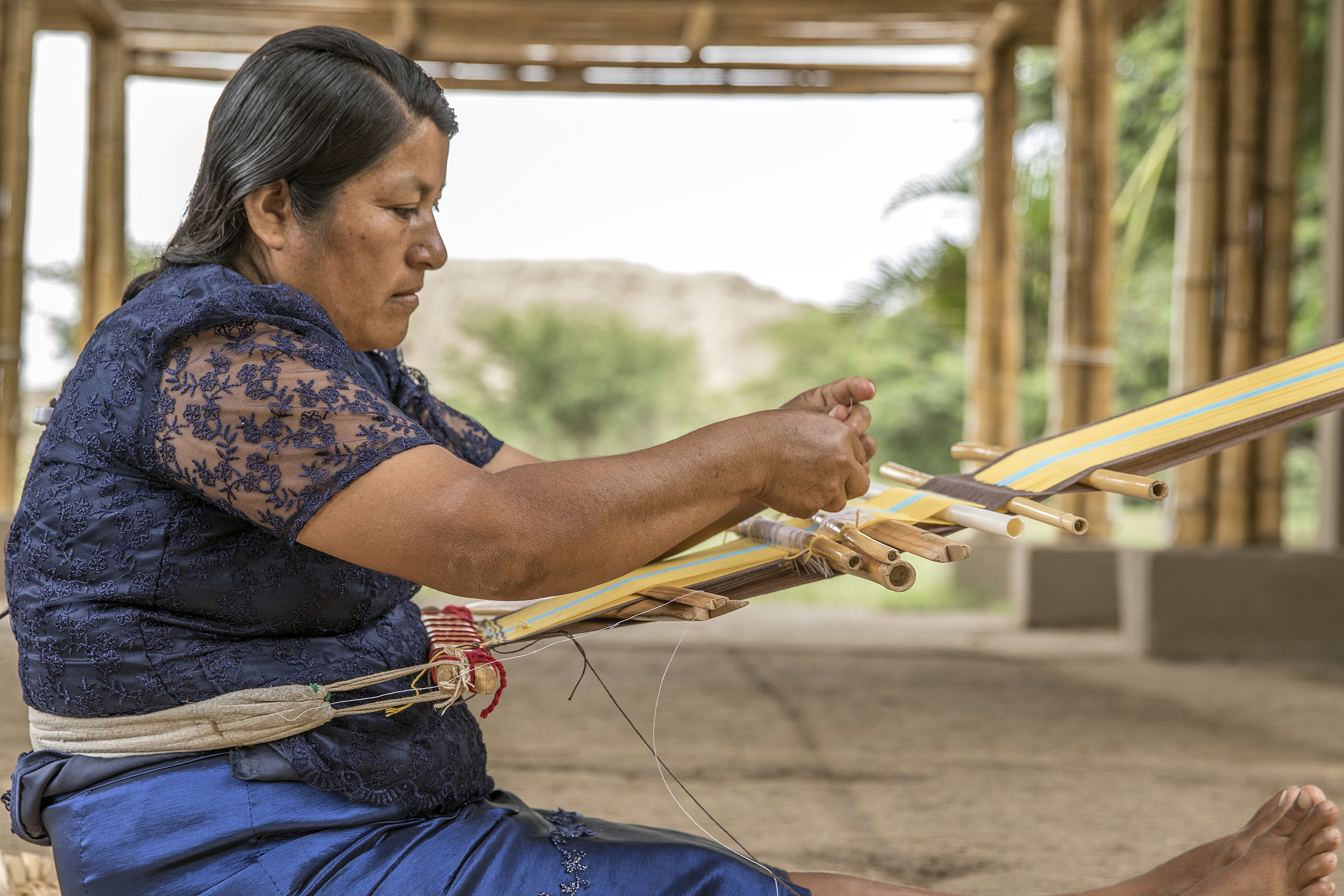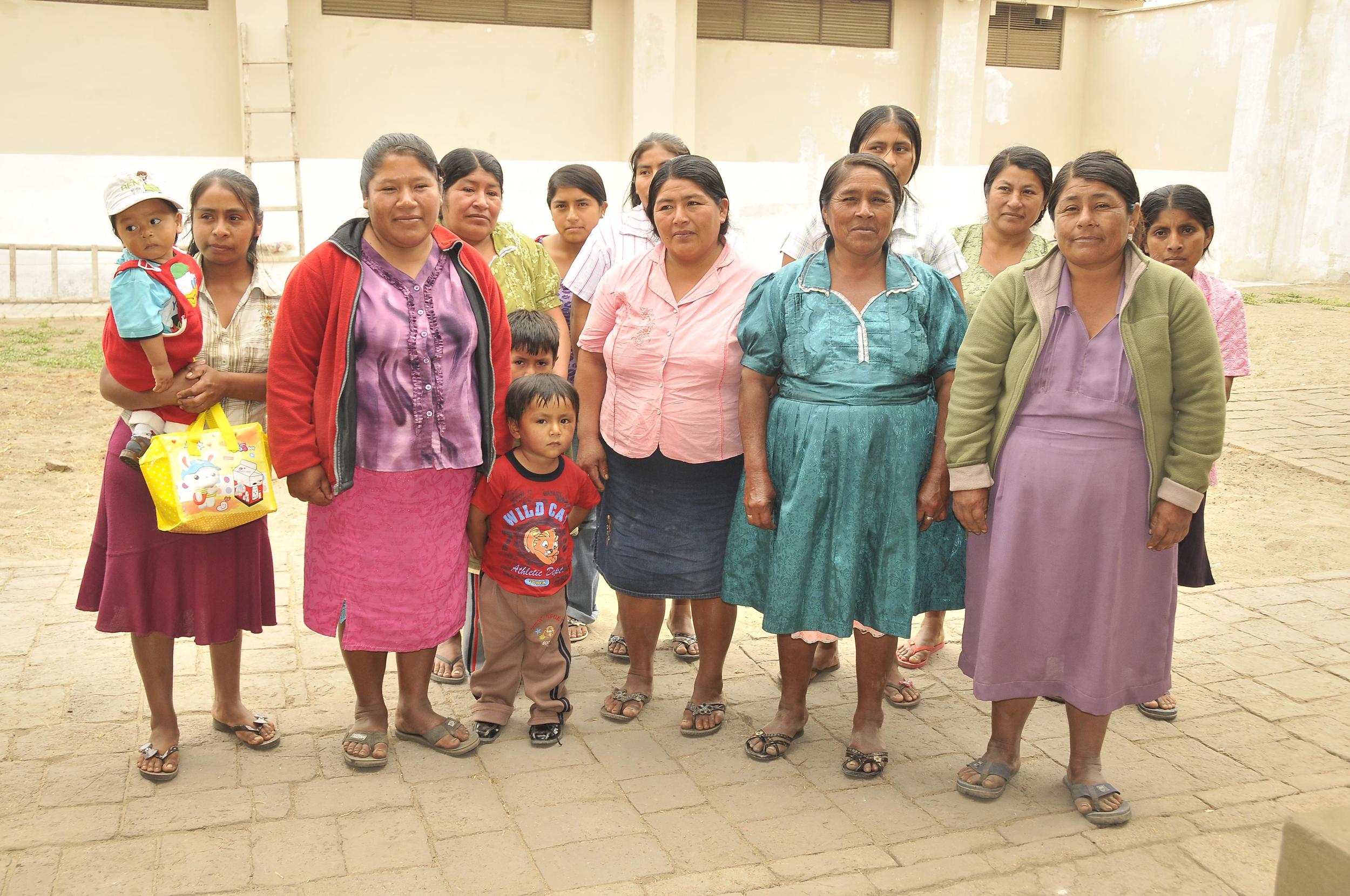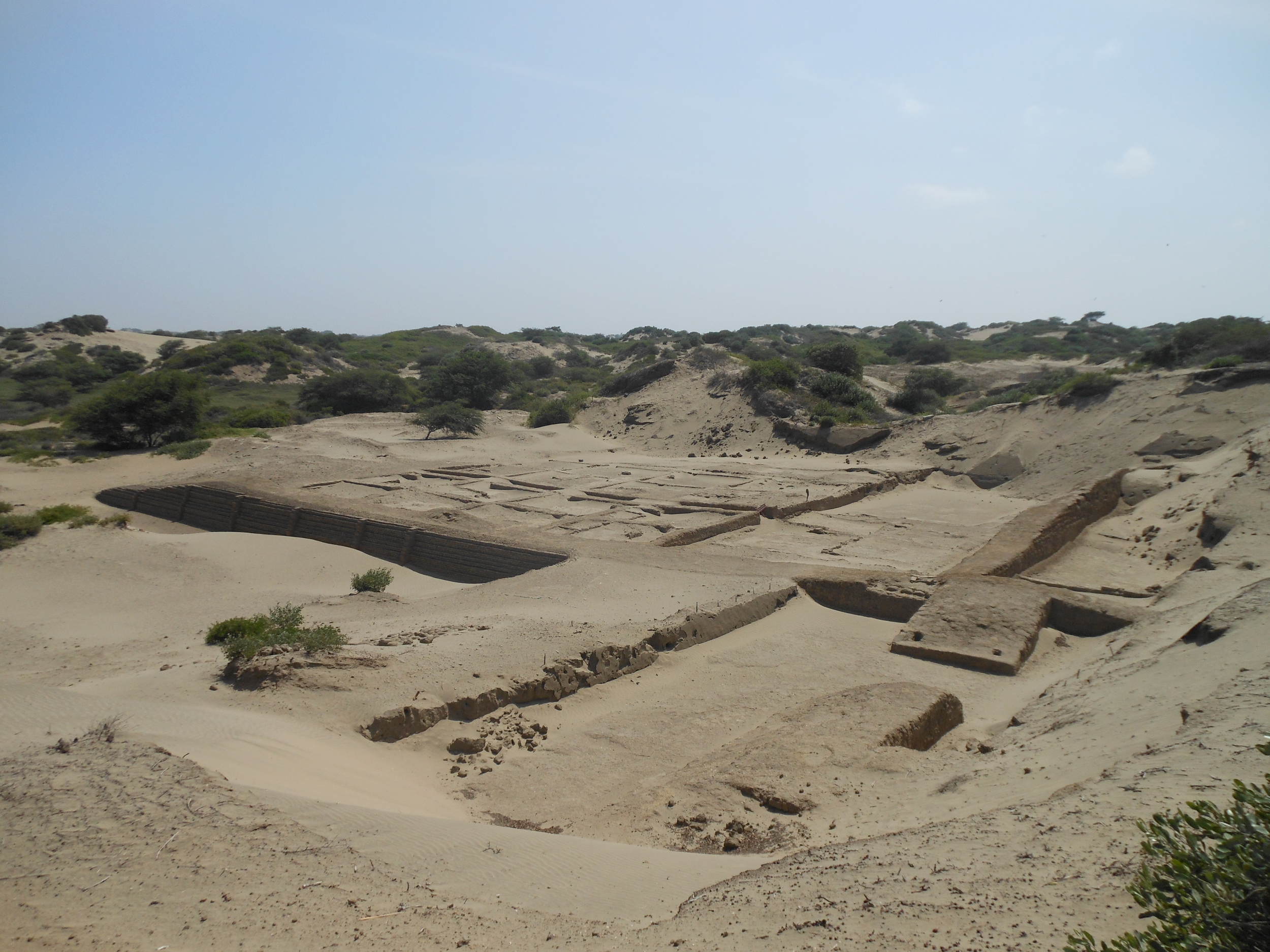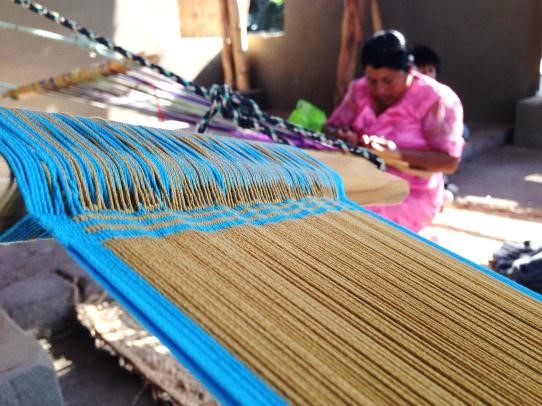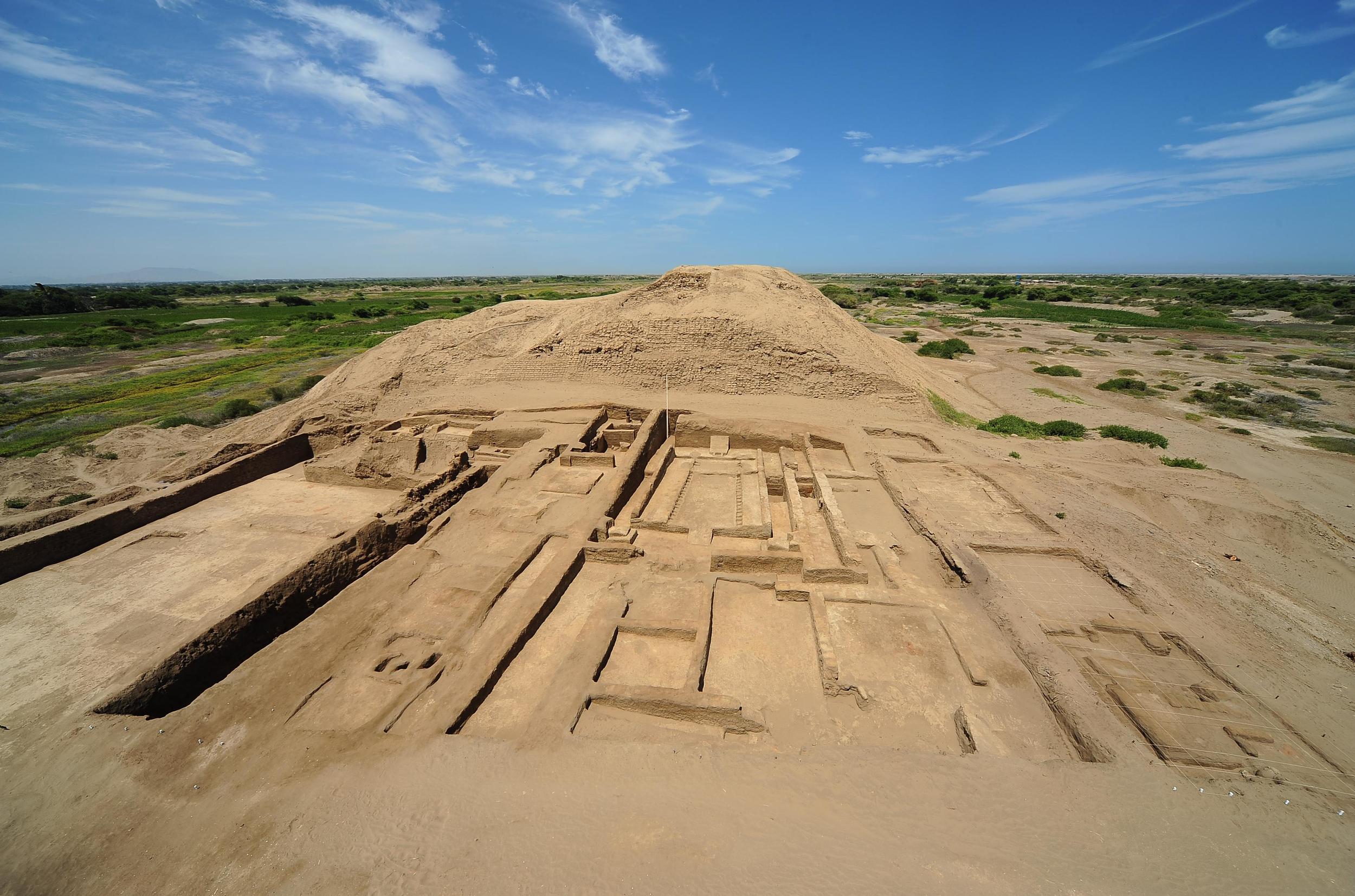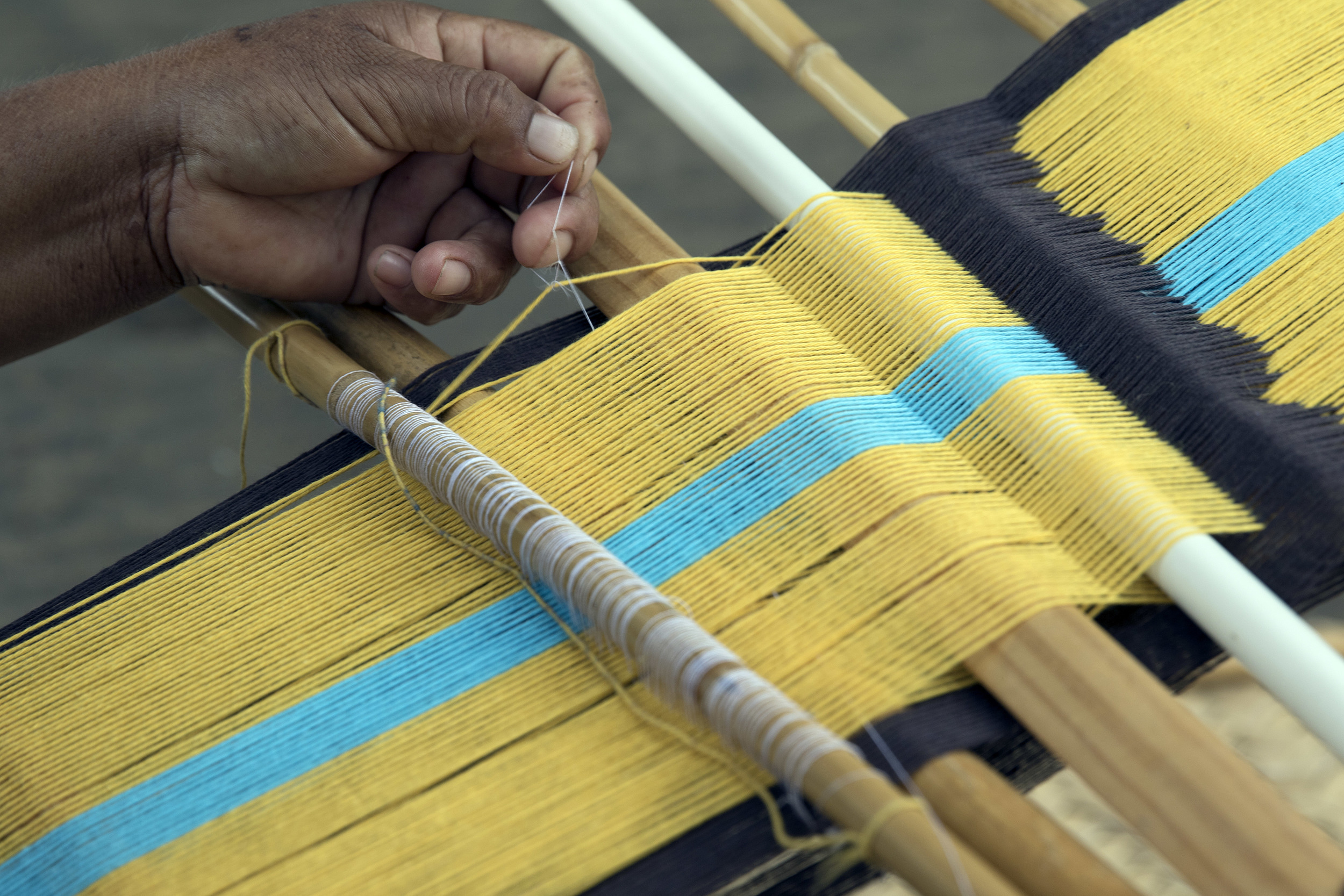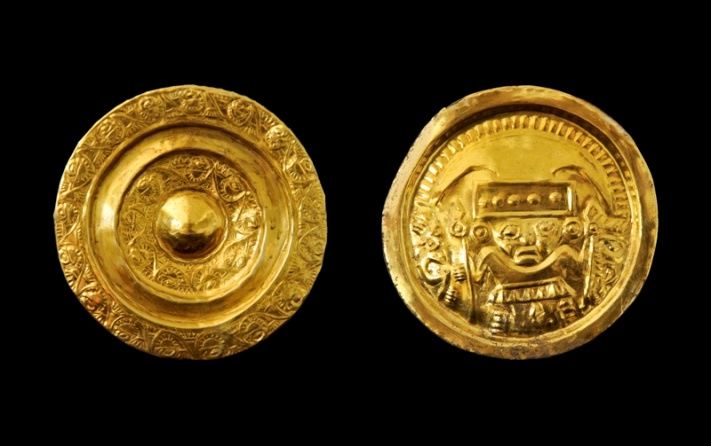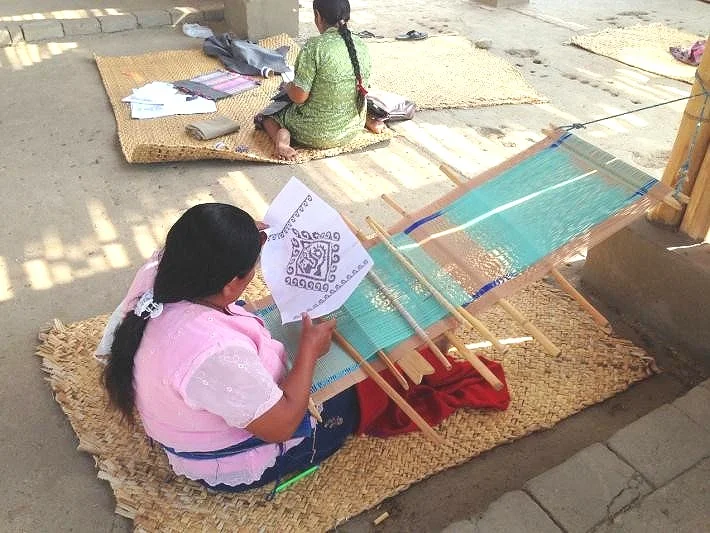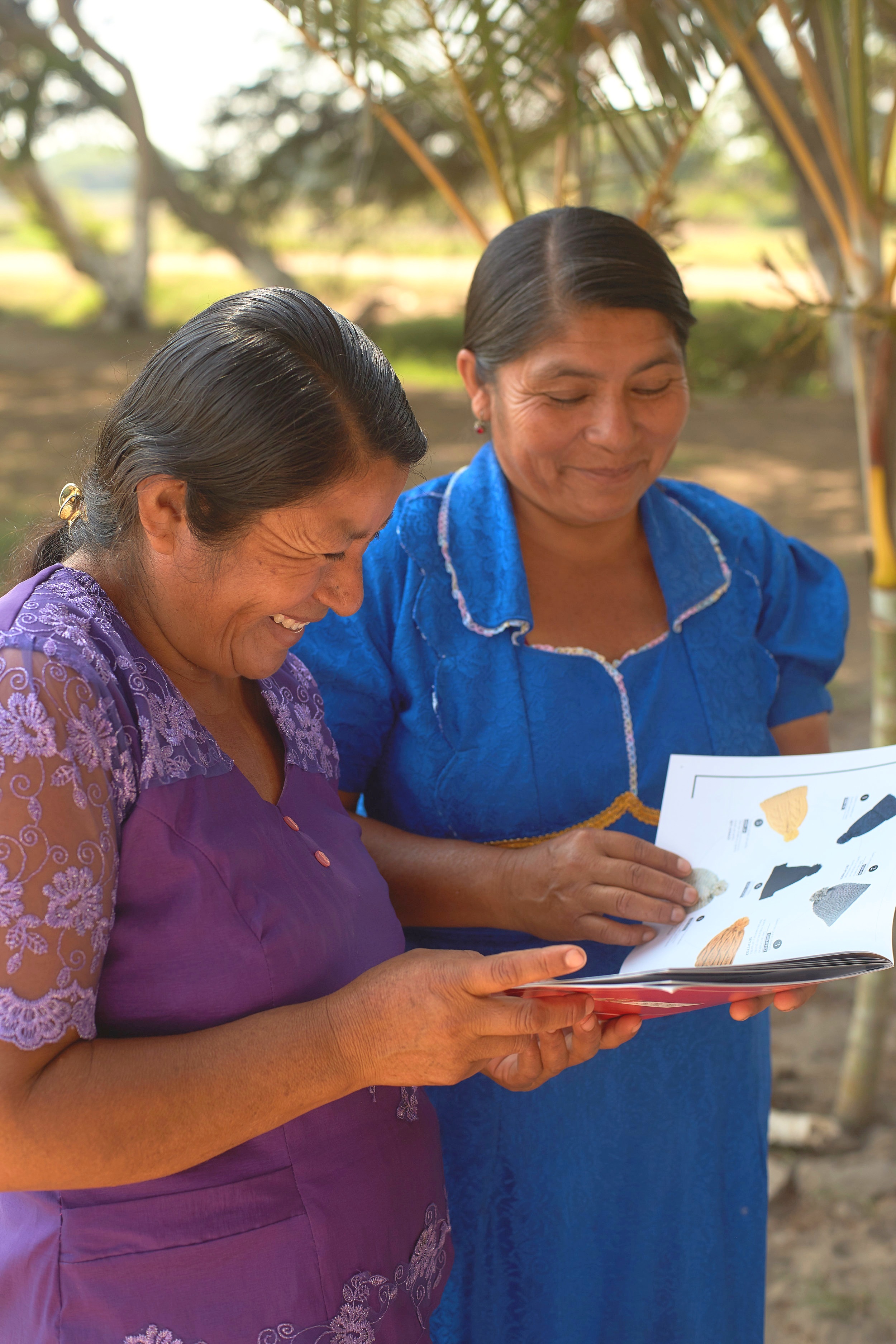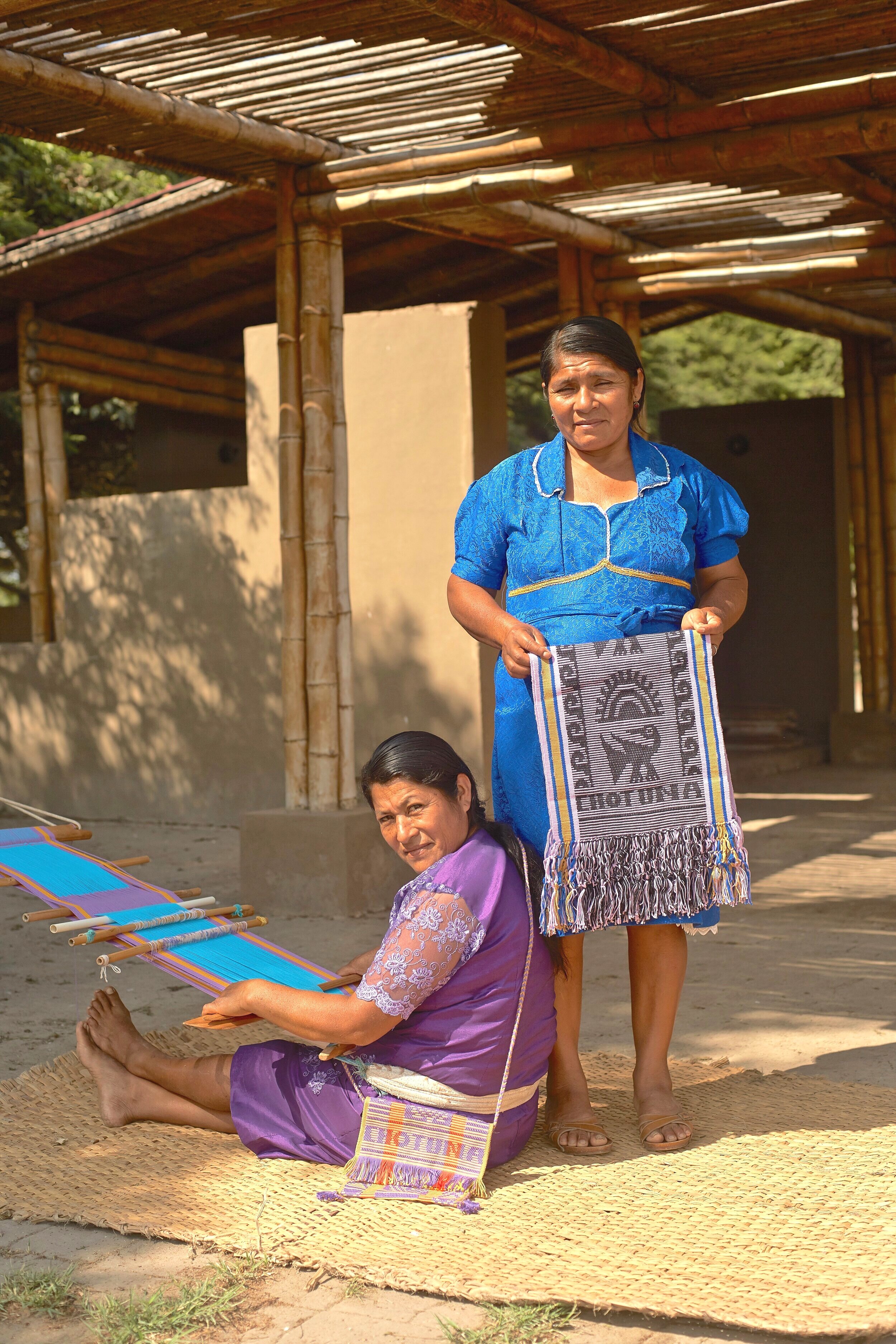The Monumental site of Chotuna-chornancap offers the local community huge opportunity for traditional weavers to earn a sustainable living, protect the site and preserve their own artisanal cultural heritage
The Site
Chotuna-Chornancap is an extraordinary temple and pyramid complex covering over 235 acres and 1500 years of history. The main area has two pyramids over 60 feet high whose walls are decorated with ancient friezes and murals. The site has yielded magnificent burials including the famous 'Chotuna Priestess', a collection of four burials associated with an ancient water cult, the remains of 33 women probably sacrificed as part of agricultural fertility rituals, and continues to generate new discoveries. However the site is under threat from coastal climatic conditions and encroaching local inhabitants.
The Community
Around the site of Chotuna-Chornancap is a vibrant community, but one in need. Many of the community members have no electricity, sewer system or clean water. The needs of the local community have meant some of them have built dwellings on the site, damaging its precious remains. However the community also hosts a group of artisans who specialize in weaving native cotton, a skill and tradition past down from their ancestors and which links the local people to the ancient site they live with.
The Project
SPI's project, together with the Chotuna-Chornancap Site Museum and the Brüning National Museum, is helping the artisans of Chotuna develop their experience into a sustainable and profitable business which will offer a real income, and preserve the site in doing so. Beginning in 2012, the project has built key infrastructure and carried out vital training with a group of female artisans. Alongside this, SPI and its partners continue to promote Chotuna as a tourist attraction, creating vital local business and developing key local infrastructure.
Achievements
SPI has built a new workshop and retail space for artisans on the site, and also built a new store at the nearby Brüning National Museum. The 'Ceterni' brand has been created and new lines of products are sold throughout Peru. The business is now self-managing, requiring no more training from SPI!
Since 2013, sales have grown hugely annually, including rising over 40% in 2016! Total sales have exceeded $9,000 dollars, with new sales channels yet to come.
Local women artisans have formed a new association with a strong vision to benefit their families and community through the sale of their products. A local manager has received dedicated training in leadership and business skills.
The ancient practice of the back-strap loom has been reinvigorated in the artisans and unique, high-quality hand-crafted goods incorporating local archaeological iconography are being created. Watch one of our artisans, Felicitia Acosta Chapoñán (who recently won a regional competition) create one of her textiles here.
Native cotton plants have been planted in an effort to once again produce raw cotton locally, which is now being used in products.
The big thing we have learned
Domestic duties were a large barrier to women committing time to the project. To overcome this we welcomed the women's husbands into the project, making them vital participants and accelerating efforts to create economic development!
The Future
SPI continues to work with this unique artisan community. Particularly we need funds to provide key managerial and business training to allow the community to work better together, and help each other!
Maria Soplanuco learned to weave at age 14, copying the designs her mother made on a traditional back-strap loom. With constant practice her skills became perfected and she began to experiment, making scarves, belts and whatever her friends and relatives in the community of Chotuna, on Peru’s north coast, asked for. When Maria was 20 years old, she got married and the demands of family life meant that she had to put these skills away.
Maria was encouraged to attend the SPI project by her husband and children because they knew how much she loved to make things. In 2018, Maria traveled to Lima to attend Peru’s largest craft fair. She says: “It was very nice, I have met artisans from the north and all other parts of the country. Thanks to SPI there are more sales and opportunities for us.” She says that other women in the community are not lucky enough to have supportive families who let them attend workshops and participate in the business. She says: “The business is very special; it’s already ours, something we have to preserve.” Maria is doing that by passing her skills to the next generation. She is teaching her 17-year-old daughter to weave. “Every time I start weaving, she says ‘Mum, show me’, so I tell her to grab the loom and wear it. I want to continue to teach the technique, so it does not get lost.”
Chotuna PROJECT UPDATES
This Spring marks the 7th #anniversary of SPI's Chotuna Project in #Peru! 🇵🇪
— SPInitiative (@SPInitiative) March 19, 2020
Find out how the #Chotuna weavers are alleviating poverty in their community and stopping this archeological site from being looted: https://t.co/463QLrc0XQ #BuildFuturesSavePasts pic.twitter.com/gUolInkcj9
Are those the weavers of Chotuna on the @TEDTalks stage with @TEDPrize winner @indyfromspace ? pic.twitter.com/KRtRrxPm1M
— SPInitiative (@SPInitiative) June 28, 2016
Saving sites with community empowerment at the archeological sites of #Chotuna and #Bandurria 🇵🇪💪 pic.twitter.com/mHjAsh31KA
— SPInitiative (@SPInitiative) February 4, 2020
Participants in SPI's #Ceterni project building their business in #Chotuna, Peru!
— SPInitiative (@SPInitiative) January 15, 2020
➡️Learn more about this project: https://t.co/463QLqUq6i #BuildFuturesSavePasts https://t.co/lKdMyfPevy






